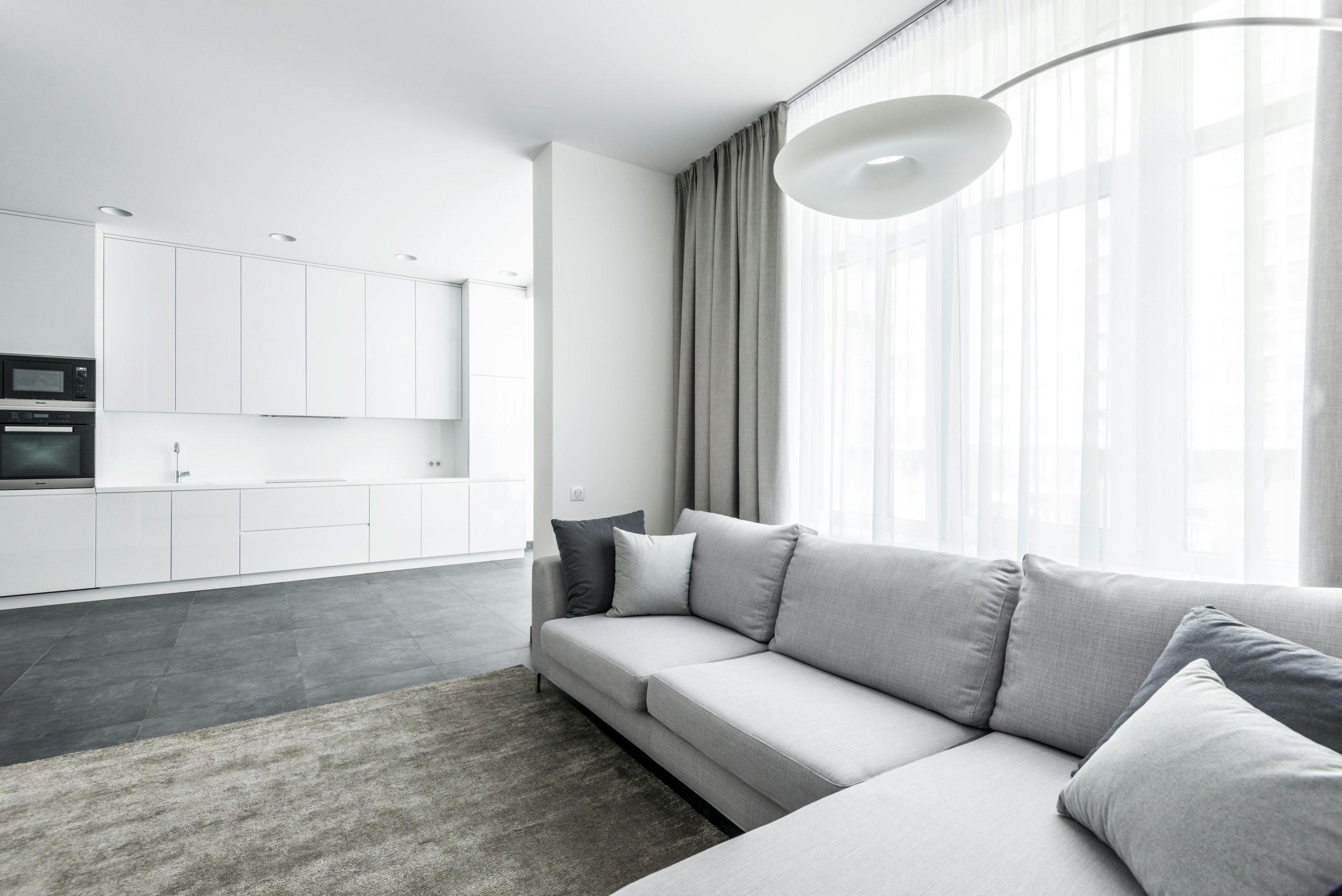Shifts in household size and home design expectations
The size and design of homes have always reflected the changing needs and expectations of households. However, in recent years, there have been significant shifts in household size and design preferences that have had a notable impact on the real estate market. With the rise of multi-generational families and changing lifestyles, new trends have emerged in the world of home design. In this article, we’ll explore these shifts and delve into how they are shaping the way we live and the homes we live in.
Rise of Multi-Generational Living
In the past, it was common for children to grow up and move out of their parents’ homes once they reached adulthood. However, in today’s society, we are seeing a trend of adult children living with their parents for a longer period of time. This is largely due to factors such as rising housing costs, student loan debt, and the desire to support and care for aging parents.
Impact on Home Design
This change in household size has resulted in a demand for homes that have more space for multiple generations to live together comfortably. This has led to the emergence of homes with separate living spaces, also known as “granny flats.” These spaces often have their own entrances, kitchens, and living areas, giving both the main home and the additional space a sense of privacy and independence.
Another trend in multi-generational living is the incorporation of universal design principles. This approach aims to create homes that are accessible and functional for all ages and abilities. Features such as wide doorways, walk-in showers, and grab bars are becoming increasingly popular as they allow for a more inclusive living environment for people of all generations.
Changing Lifestyles
The way we live and work is also undergoing significant changes, which are reflected in our home design expectations. With the rise of remote work, more people are looking for homes with dedicated office spaces or rooms that can be converted into a home office. This has become especially important in the wake of the COVID-19 pandemic, which has forced many to work from home.
Impact on Home Design
Homes with open floor plans are becoming a popular choice for those who work from home. These layouts allow for a designated workspace that is not isolated from the rest of the living areas. Additionally, homes with multiple living areas, such as a downstairs living room and an upstairs family room, are in high demand as they provide the flexibility to have separate work and leisure spaces.
Another lifestyle change that has influenced home design is the growing focus on sustainability. Today’s homeowners are more conscious of the impact their homes have on the environment and are looking for ways to reduce their carbon footprint. This has resulted in a demand for energy-efficient homes that utilize renewable materials and incorporate green building practices.
The Future of Home Design
As household sizes continue to shift and lifestyles evolve, we can expect to see even more changes in home design in the future. With the rise of smart home technology and the increasing need for adaptable and sustainable homes, the possibilities are endless. We may see more homes with integrated technology, adaptable layouts, and sustainable features such as solar panels and rainwater collection systems.
In conclusion, the shifts in household size and home design expectations have greatly influenced the real estate market and will continue to do so in the future. With multi-generational living and changing lifestyles on the rise, the demand for homes that cater to these needs will only continue to grow. As we adapt to these changes, it’s important to keep in mind the impact they have on our homes and how we can incorporate them into our design choices.










